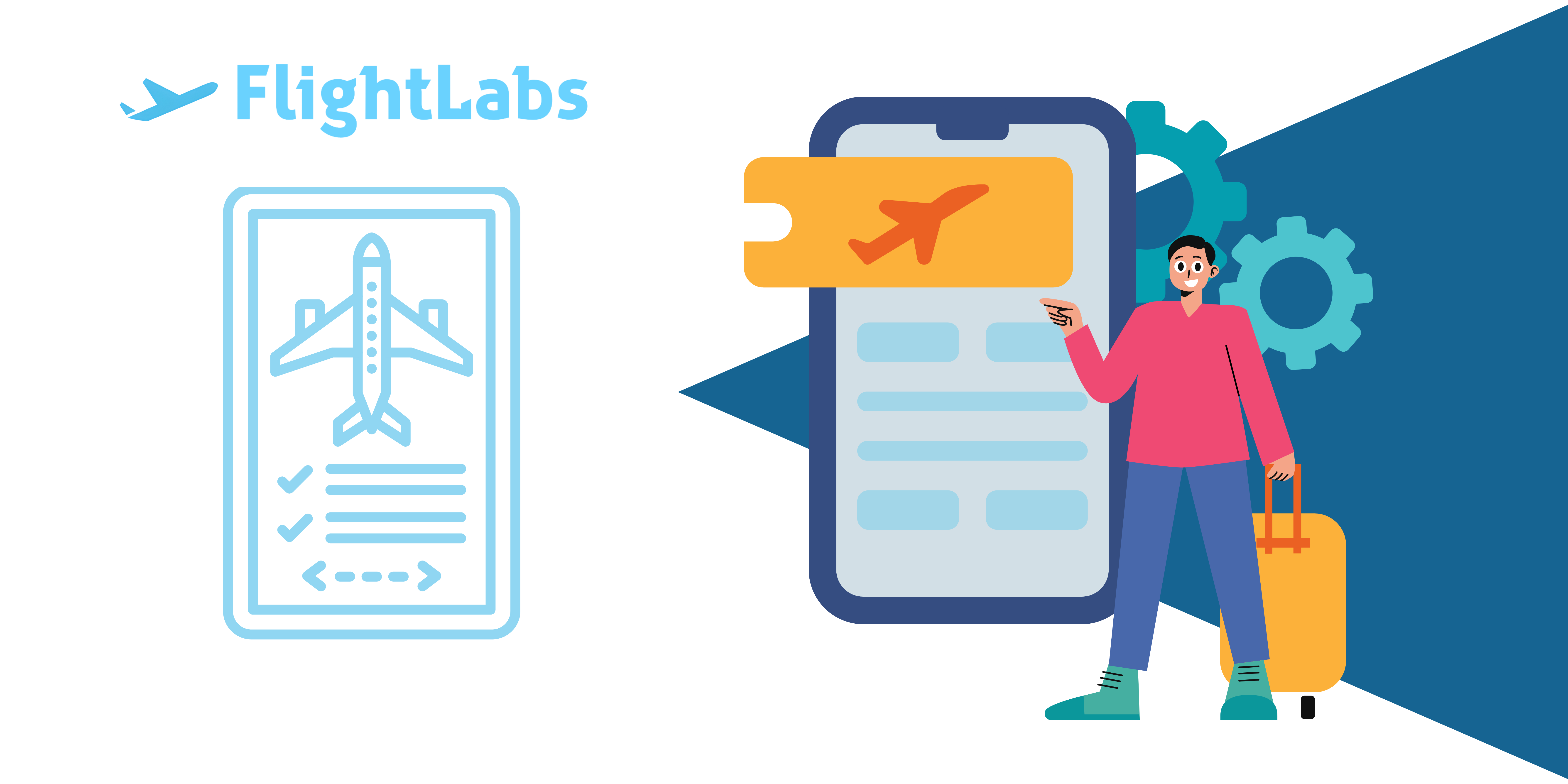Flight API: Improve User Experience With Flight Data

In the evolving world of digital applications, providing accurate and real-time information is paramount. This is especially true for industries relying heavily on data, such as aviation. A Flight API is a powerful tool that offers access to a wealth of flight data, revolutionizing the way developers build and enhance their applications. These APIs bridge the gap between raw data and user-friendly interfaces, transforming complex information into digestible formats for end-users.
This article delves into the intricacies of Flight APIs, their working mechanisms, and their pivotal role in modern applications, particularly booking platforms. We will explore why FlightLabs stands out as a top choice for developers, offering unparalleled capabilities and ease of integration.
How Flight APIs Work: Data Collection and Integration
Flight APIs operate by aggregating vast amounts of data from various sources, including airlines, airports, and air traffic control systems. This data collection process ensures a comprehensive and accurate database that reflects the latest flight schedules, statuses, and operational details. The aggregation involves sophisticated algorithms that clean, sort, and compile data to ensure reliability and consistency. By pulling information from multiple points, Flight APIs provide a holistic view of the aviation landscape, crucial for applications requiring up-to-the-minute data.
Integrating Flight APIs with applications involves a straightforward yet meticulous process. Developers can use standardized API calls to fetch specific data sets, such as departure times, arrival statuses, or flight paths. Most Flight APIs provide detailed documentation and SDKs (Software Development Kits) to streamline the integration process. This ensures that even those with limited experience can embed sophisticated flight data functionalities into their applications efficiently. The API's flexibility allows for customization, enabling developers to tailor the data presentation according to their application's needs.
Importance of Flight APIs in Developer Projects
Incorporating Flight APIs into applications enhances their functionality by providing users with valuable and actionable information. For instance, travel apps can offer real-time flight tracking, notify users of delays or gate changes, and suggest alternative flights. This not only improves user satisfaction but also boosts engagement and retention rates. The seamless flow of information powered by Flight APIs ensures that users are well-informed, thereby enhancing the overall user experience.
For developers, Flight APIs simplify the development process by providing ready-made solutions for accessing and managing flight data. Instead of building complex data aggregation systems from scratch, developers can leverage these APIs to save time and resources. This allows them to focus on other critical aspects of their projects, such as user interface design and functionality enhancements. The use of APIs also reduces the likelihood of errors and inconsistencies, ensuring a more robust and reliable application.
Introducing FlightLabs: The Best API for Developers
FlightLabs stands out as a premier Flight API provider, offering comprehensive data coverage and robust features. It aggregates data from a wide range of sources, ensuring accuracy and reliability. FlightLabs supports real-time data access, providing updates on flight statuses, delays, and cancellations. Its extensive database includes information on commercial flights, private jets, and cargo flights, making it a versatile tool for various applications.
What sets FlightLabs apart from other Flight APIs is its superior data quality and ease of integration. FlightLabs offers a highly intuitive interface and detailed documentation, making it accessible even to developers with limited experience. Additionally, it provides extensive customization options, allowing developers to tailor the API to their specific needs. The support team at FlightLabs is renowned for their responsiveness and expertise, ensuring that any issues are promptly addressed.
Integrating FlightLabs with Your Application
Integrating FlightLabs with your application involves adding the API key to your code and making API calls to fetch the desired data. The FlightLabs documentation provides detailed instructions and sample code to guide you through this process. Start by including the API endpoint in your application and then use the provided methods to request specific data sets, such as flight schedules, statuses, or historical data.
Conclusion: Transforming Developers' World
Flight APIs have transformed the way developers build and enhance applications, particularly in the aviation and travel sectors. They provide real-time, accurate data that enhances user experience, streamlines development processes, and adds significant value to various industries. Among the available options, FlightLabs stands out for its superior capabilities, ease of integration, and comprehensive data coverage.
By choosing FlightLabs, developers can leverage a powerful tool that simplifies the development process and enhances the functionality of their applications. As the demand for real-time data continues to grow, Flight APIs, and FlightLabs in particular, will play a crucial role in shaping the future of digital applications.


